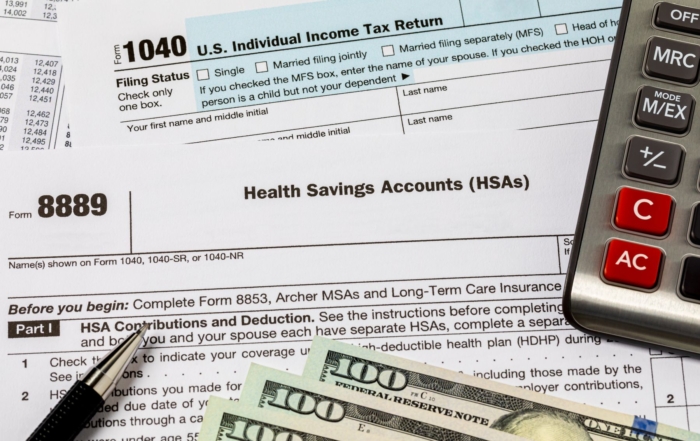On January 11, the Department of Health and Human Services (HHS) and the Health Resources and Services Administration (HRSA) announced updated guidelines for preventive care and screening for women and infants, children, and adolescents. These guidelines help providers make clinical decisions and establish coverage standards for those with private health insurance and coverage through Medicaid expansion. The changes will go into effect for plan years that begin in 2023.
Under Section 2713 of the Public Health Service Act, all non-grandfathered private health plans—including individual, small group, large group, and group health plans—must cover certain preventive services without cost sharing. These preventive services include evidence-informed preventive care and screenings for infants, children, and adolescents as well as additional preventive care for women as outlined in comprehensive guidelines supported by HRSA. HRSA’s preventive care and screening guidelines for women are the source of the ACA’s contraceptive mandate.
Since 2016, HRSA has contracted with the American College of Obstetricians and Gynecologists—which established the Women’s Preventive Services Initiative—to review clinical guidelines and new evidence and recommend changes to HRSA’s guidelines. After soliciting public comment, HRSA then decides whether to adopt any updates or changes recommended by these expert stakeholders.
HRSA’s updated guidelines for women reflect updated recommendations for breastfeeding services and supplies; contraceptives; screening for HIV; counseling for sexually transmitted infections; and obesity prevention for women aged 40 to 60. The most notable changes include clarifications to the scope of breastfeeding equipment and supplies (including access to double electric breast pumps and milk storage supplies, as well as lactation consultations); allowing women to purchase male condoms for pregnancy prevention; and defining contraceptive follow-up care to include the management and evaluation of and changes to a contraceptive (such as removal, continuation, or discontinuation of a contraceptive). HRSA’s revised guidelines for infants, children, and adolescents reflect updated recommendations for suicide and depression screening (for those aged 12 to 21); changes to behavioral, social, and emotional screening (for all ages); new risk assessments for cardiac arrest and death (for those aged 11 to 21); and a new risk assessment for hepatitis B (for all ages).
Separately, the Office of the Assistant Secretary for Planning and Evaluation (ASPE) released a new report showing that 151.6 million people with private health insurance—including 58 million women and 37 million children—received preventive services without cost sharing in 2020. ASPE also includes state-specific estimates of those with private plans and estimates the number of Medicaid and Medicare beneficiaries that have received preventive services benefits under the ACA.
Finally, ASPE summarized existing data on the impact of preventive services requirements on utilization and outcomes. In particular, the report highlights increases in cancer screening and vaccinations and discusses the impact of Medicare wellness visits, improved access to contraceptives, and earlier detection and treatment of chronic health conditions (such as hypertension and diabetes). The report also emphasizes the importance of these ACA requirements in helping narrow racial disparities in access to preventive services.
Recent Posts
Multi-State Business Operations: Insurance and Compliance Strategies for Growing New Hampshire Auto Companies
Picture a successful New Hampshire automotive dealership that starts with a single location in Manchester. Over time, they expand their service territory, hire employees who [...]
Revolutionary HSA Changes in the 2025 Budget Bill: Your Complete Guide to Expanded Benefits
Introduction: A Game-Changer for Healthcare Financial Planning The 2025 federal budget reconciliation bill, recently passed by the House, introduces the most significant expansions to Health [...]
When Your Health Insurance Network Collapses: Protecting Your Business from Provider Network Disruptions
The alarm bells started ringing at 6 AM on a Tuesday morning. Employees at a large automotive dealership were calling in, unable to fill prescriptions [...]




